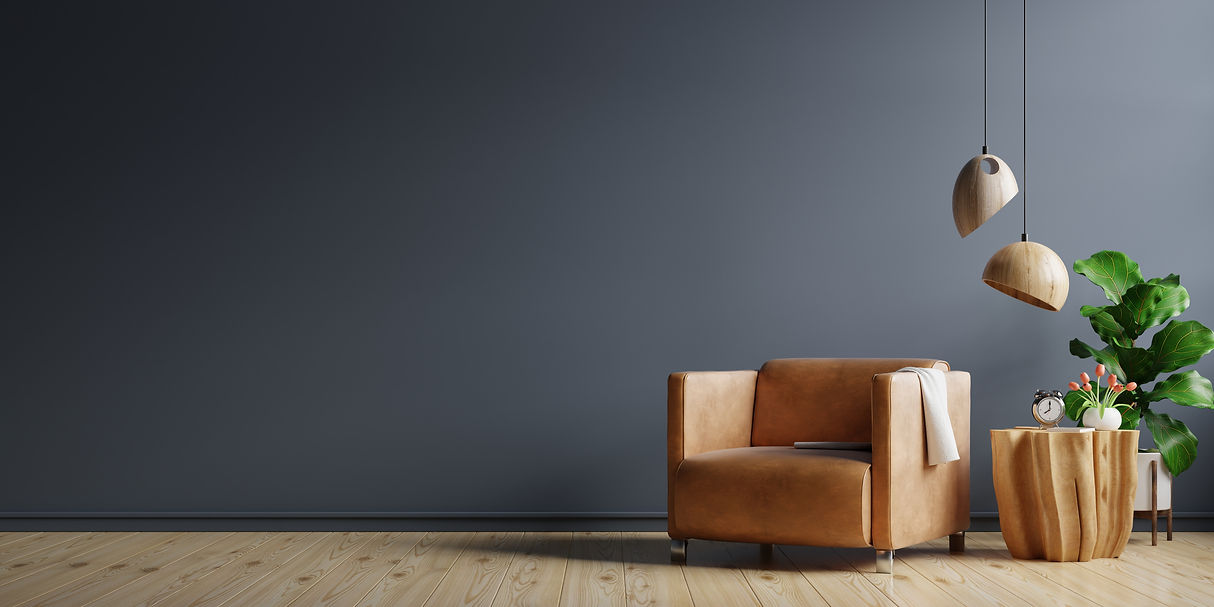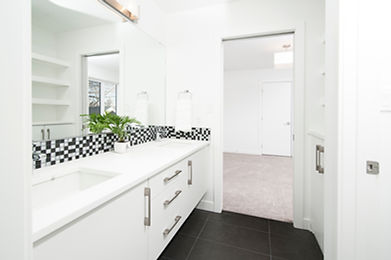
Designers/architects craft spaces that anticipate our needs and appeal to our emotions while pulling from a broad set of skills and technical knowledge. Interior design has changed dramatically since the early 20th century when it was just beginning to emerge as a profession.
The best buildings and the best interiors are those in which there is no obvious disparity between the many elements that make up the totality. Among these elements are the structural aspects of a building, the site planning, the landscaping, the furniture, and the architectural graphics (signs), as well as the interior details.

INTERIOR DESIGN
We believe architecture is not just about space, but the experience that space provides.
A truly great or beautiful interior can indeed be called a work of art, but some would prefer to call such an interior a “great design.”
One of the key considerations in any design must be the question of whether a design “works” or functions for its purpose.
Of all the component elements that together form a completed interior, the single most important element is space. Spaces can be exhilarating or depressing, cheerful or serene, all depending upon the use the designer has made of the various elements that form the whole. Space is, in modern times, a costly commodity.
Space can be thought of as the raw material which must be molded and shaped with the designers’ tools of colour, texture, light, and scale.
The manipulation of space is a matter of both aesthetic and functional consideration.

Interior Design Process
Interior design requires a detailed approach to every space, ensuring not only aesthetic appeal but also high functionality, durability, and compliance with technical standards. Our workflow is divided into clearly defined phases, from initial design to final implementation, to ensure each project is executed with the highest quality.

1. Initial Consultation and Analysis of the Existing State
The process begins with a detailed analysis of the existing space. Based on precise on-site measurements, we draw the space in a computer program, or if the client already has digital blueprints, we adapt them according to our measurements. We conduct a thorough analysis of your needs and wishes and define the project brief.
2. Concept Design Development
Based on the established requirements, we create several layout options for furniture arrangements. These options are discussed with the client to evaluate different possibilities and jointly select the final layout. We also create a moodboard to visually present the desired ambiance. We explore all options for furniture arrangement and design, from standard solutions to custom-made pieces.

3. Preliminary Interior Design Project
We develop the selected and client-approved concept in detail. This includes floor plans and cross-sections of the rooms, with optimal furniture arrangements and dimensions for both built-in and movable pieces. Every room is carefully designed with functionality and ergonomics in mind.
At this stage, we define the materials and colors to be used in the space. We consider requirements for durability, aesthetics, and the technical characteristics of the materials. For each interior element (from floors to wall finishes), we propose the best options that meet both your wishes and quality standards. If specific furniture pieces are needed, we suggest standard options or custom designs in collaboration with trusted suppliers.
We also create a 3D model at the conceptual level.

4. Detailed Interior Design Project
In this phase, we elaborate all technical aspects:
-
Specification of Built-In Elements: Selection and dimensioning of standard furniture, lighting fixtures, and other built-in elements such as sanitary equipment, electrical equipment, etc.
-
Ceiling Plan and Lighting Proposal: Precise positioning of lighting fixtures based on the space’s functionality, including types and dimensions of each fixture within the agreed budget.
-
Electrical Installations: If necessary, we adapt the electrical installations to the new design, creating detailed plans for the placement of switches, sockets, network, and TV installations.
-
Plans for Other Installations: Including water supply, drainage, and sewage systems, as a basis for adjusting installations.
-
Finishes and Colors: Specification of wall and floor finishes, including types, colors, quantities, and recommended manufacturers. We also prepare flooring and wall tiling layouts.
5. Custom Furniture Drawings
If the space requires furniture that is not available as standard products, we create detailed technical drawings for custom-made furniture. In this phase, we define materials, fittings, and other technical specifications. These drawings serve as the basis for agreements with contractors or carpentry workshops and for creating workshop drawings.
6. Design Supervision and Implementation
During the implementation phase, our team supervises the execution of works to ensure all details are respected. Depending on the agreement, we offer design supervision, which includes:
-
Reviewing and approving workshop drawings for custom furniture.
-
Evaluating contractors’ offers and advising on the selection of the most suitable solutions.
-
Visiting furniture, ceramic, and other suppliers’ showrooms for final selection of materials and samples.
-
Regular site visits to clarify details and ensure compliance with the project.


7. Final Touches and Alignment with Your Needs
After all works are completed, we conduct a final inspection of the space. If necessary, we fine-tune the last details to ensure the space fully meets your expectations. All final elements, such as decorations, artworks, and small accessories, are selected to give the space personality and a sense of final harmony.
8. Enjoying the Space
Our job isn’t done until you are completely satisfied with the result. We continue to monitor the space’s functionality and offer advice for future adjustments or maintenance, ensuring that your space remains functional and pleasant for many years to come.
